Medieval old town, Ottoman remains, Habsburg period, Communist past, the current day – a well-rounded Budapest trip will offer a glimpse into the layers that have shaped Hungary’s capital city, with plenty to eat, drink, see, and shop along the way.

A few words of advice: Budapest is highly walkable and bikeable and the city's public transportation is among the best in Europe; for visitors there's a 72-hour travelcard for €14, which you can purchase through the BudapestGO app (Google Play; App Store). Use the MOL Bubi app (Google Play; App Store) for the local bike share system. Here, you can find more information about getting into and around Budapest. Refer to this map for the places mentioned below.
FRIDAY
1 p.m. Sausage shop, Andrássy Avenue, Heroes’ Square, City Park
Jump headlong into Budapest with a meal at Pinczi, a pretense-free traditional sausage shop across from the Nyugati train station. You'll stand elbow-to-elbow with fellow diners while mopping up the grease stains of paprika-laced sausages and roast pork belly cuts. This type of low-priced lunch-only eatery was popular in days of yore but currently nearing extinction. For good reason, some locals say, but Pinczi is an exception, as the ever-present line before the glass display proves.

After your meal, walk over to the grandest street of Budapest, Andrássy Avenue, named after Gyula Andrássy (1823-1890), the famous foreign minister of Austria-Hungary and presumed love of Queen Sisi. A leisurely stroll will take you past fancy stores and palaces that seem to have been parachuted here straight from Renaissance Florence (there's an actual replica of the Palazzo Strozzi).
While the whole of Andrássy symbolizes Budapest's golden decades at the turn of the 20th century, architect Miklós Ybl's Opera House looks especially striking after its recent gut renovation. Amid the gilded loggias and coffered ceilings you might be able to identify the famous composers carved from stone, for example the Hungarian Franz Liszt. Just steps from the Opera House lies Spark Le Monde, a chic concept store specializing in designer labels of the rising stars, both international and local.
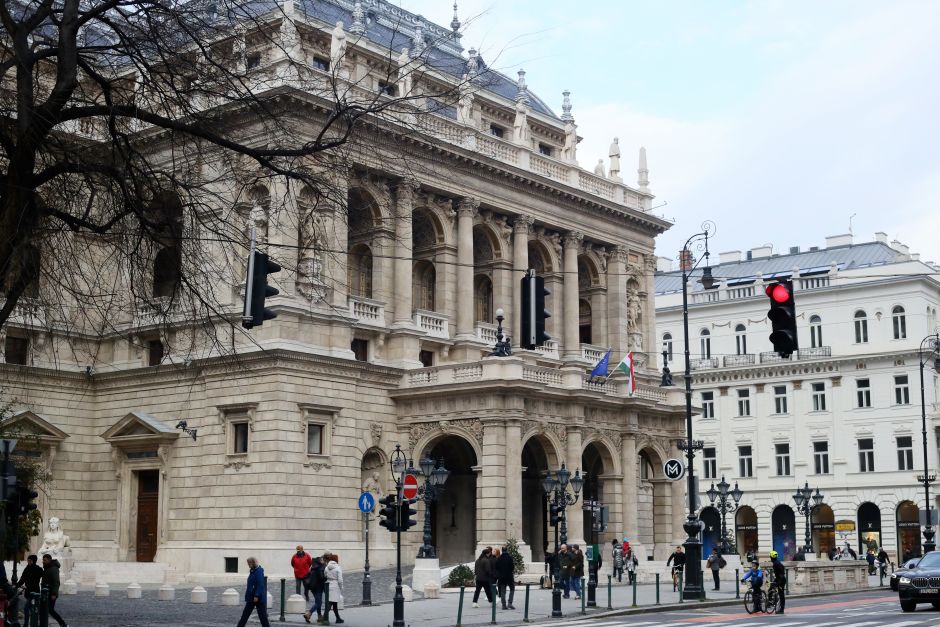
Next destination: Heroes’ Square, a landmark packed with statues of Hungary's greats, from the nomadic tribal leaders who led the way into the Carpathian Basin in the 9th century to the (mostly) enlightened statesmen over the next thousand years. I'm partial to Saint Stephen, Hungary's first king, and to the brilliant Renaissance ruler, Matthias Corvinus. At the center of the square soars a victory column topped with Archangel Gabriel, in bronze and with outsized wings, who, according to legend, advised Pope Sylvester II to admit Hungary to the Christian nations of Europe in the year 1000.
Heroes' Square is flanked by the Museum of Fine Arts (Szépművészeti), home to one of the great old masters collections with paintings by Raphael, Titian, Bronzino, Tintoretto, Paolo Veronese, El Greco, Rubens, Van Dyck, Velazquez, Frans Hals, Pieter Saenredam, Francisco Goya, and many others (my favorites). This museum often turns out to be the greatest surprise for art-loving tourists to Budapest. Most paintings had belonged to the princely Esterházy family before the cash-strapped Miklós Esterházy sold them to the Hungarian state in 1871.
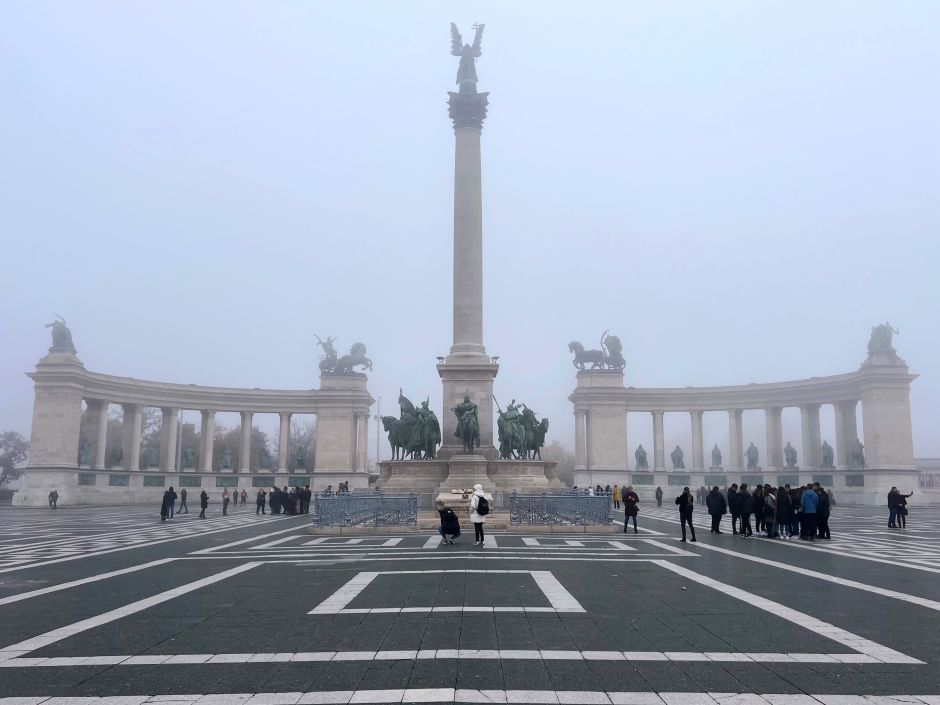
The nearby City Park has recently become a pilgrimage site for fans of architecture with the opening of the House of Music, designed by Japanese starchitect Sou Fujimoto. A wonderful exhibition charts the development of music from its folk beginnings to the present day. Just steps away stands the spectacular roof garden of the Museum of Ethnography by Marcel Ferencz (also in the City Park: the country's most kid-friendly playground).
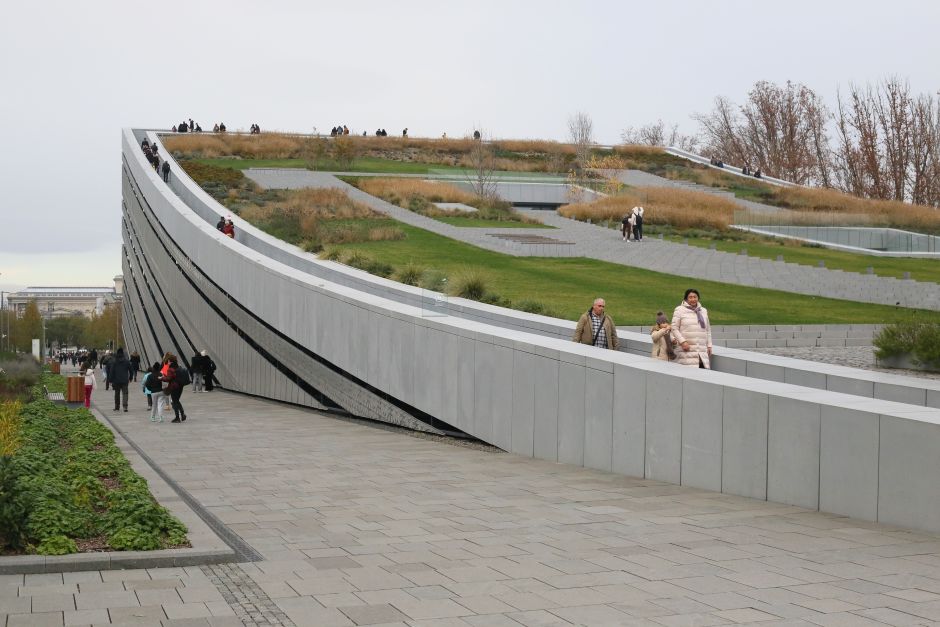
That strange looking castle in the back (Vajdahunyad)? Fusing elements of famous buildings across the Hungarian Kingdom, it was erected as a temporary structure for the 1896 Millennial celebrations but proved too popular to get rid of. There hides today Budapest's least sexy, but completely amazing Museum of Agriculture. When you're finished in the park, take the charmingly old-school Millenium Underground back to the city center – it's the oldest subway line in Europe (1896).
4 p.m. Palace Quarter, a surreal library, high-end thrift store
Budapest’s Palace Quarter consists of a cluster of impressive buildings behind the National Museum (Pollack Mihály tér) and along Reviczky, Ötpacsirta, and Horánszky streets. These were the winter palaces of the Hungarian aristocracy, located strategically near the museum, which functioned as the Upper Chamber of the Hungarian Parliament in the 19th century. The aristocracy is long gone – most fled the country before the Communist takeover in 1947 – but a few interiors have been preserved.
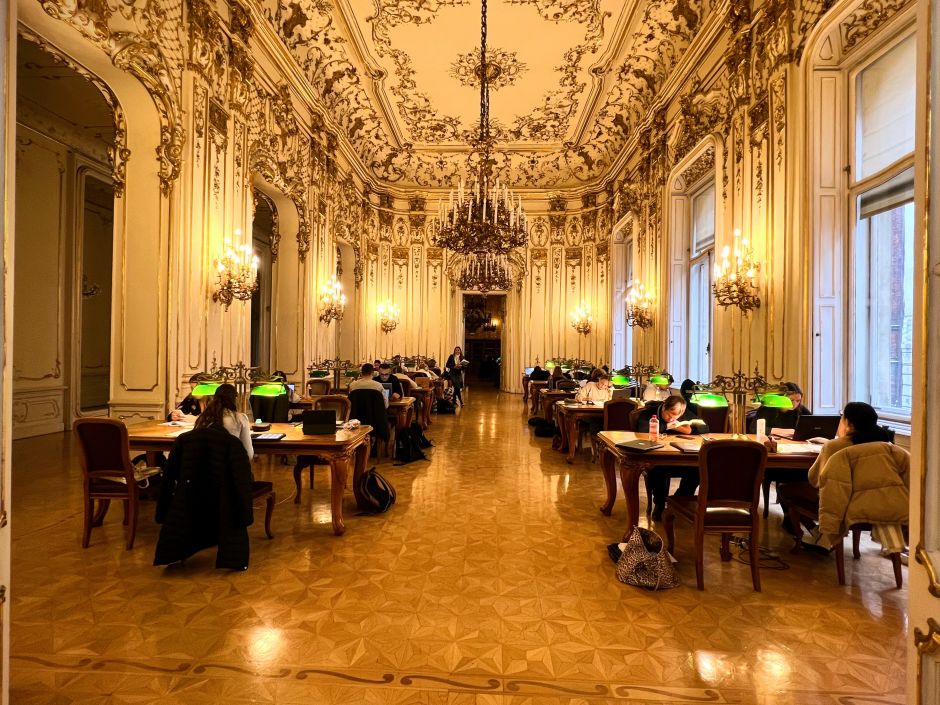
Such as that of the Wenckheim Palace, today part of the Szabó Ervin Library. For the €4 admission, you’ll be privy to a surreal scene: throngs of students cramming for their exams inside the chandelier-studded former ballroom and wood-paneled cigar room (4th floor!) loaded with Rococo ceiling decorations.
Is it time for a drink? At Fecske, you can enjoy a cool lager beside students taking their study breaks of various lengths and with various amounts of alcohol. A bit older, and self-consciously cool crowd flocks to the nearby Lumen Café. Those more into shopping can unearth some gems at Typo Showroom, a high-end thrift store on the corner of Horánszky and Krúdy Gyula utca.
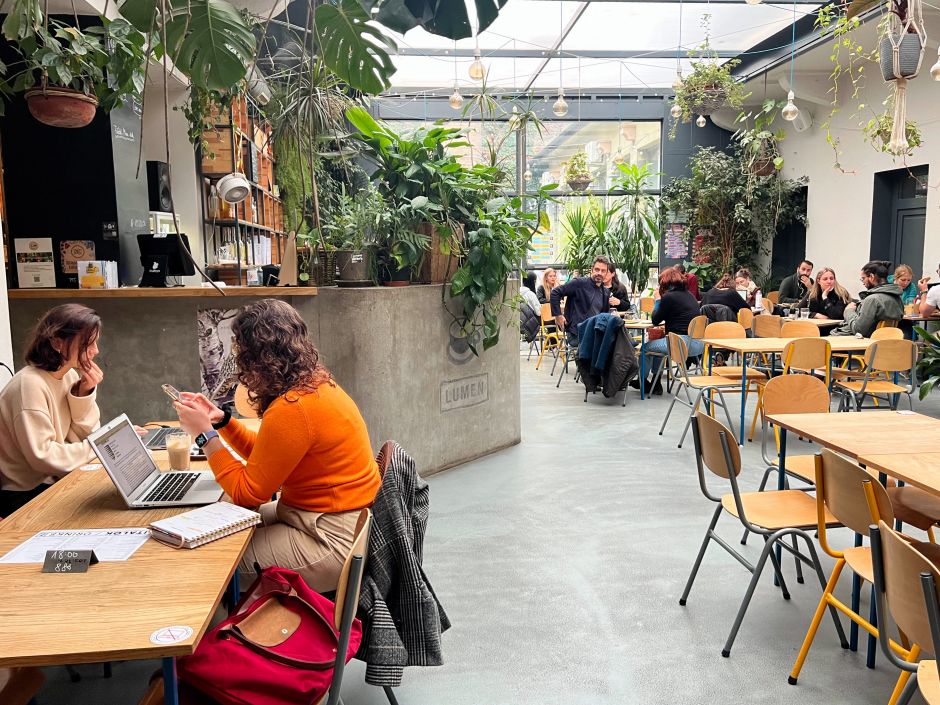
9 p.m. Dinner & drinks in District 7
Budapest’s Old Jewish Quarter, also known as the Party District, is becoming a victim of its own success, but you can still find treasures amid ruin bar copycats and rowdy bachelor party crews decked out in uniforms (the main danger zone is Gozsdu Udvar). Such as M, a small, cozy restaurant that defies categorization. The menu is a collection of dishes that Miklós Sulyok, the literary-minded owner, is partial to: grilled goat cheese salad with beets, sweetbread in a white tarragon-laced sauce, monkfish pasta. Pair them with Hungarian wines and be sure to book in advance.
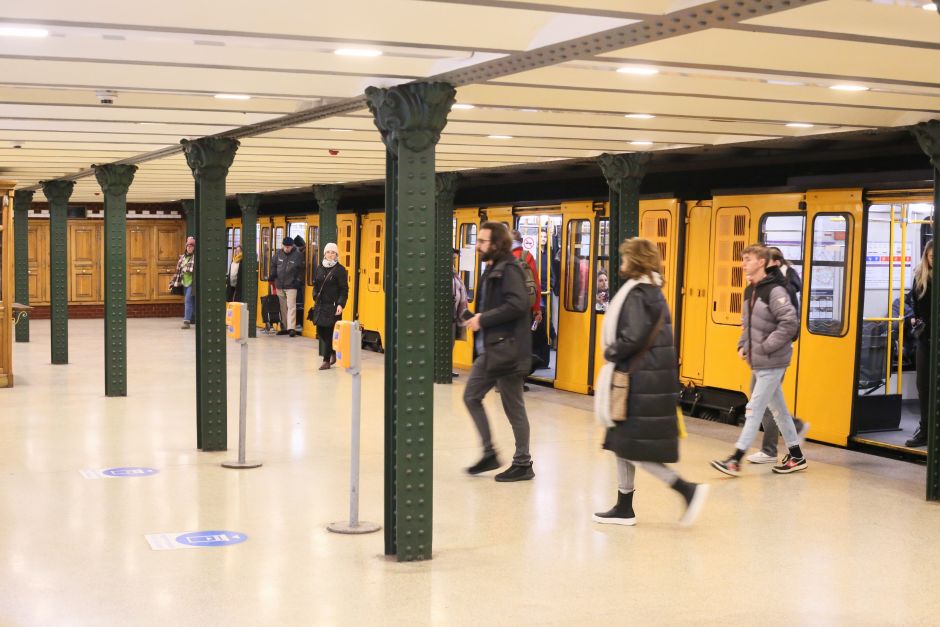
Szimpla Kert is the ruin bar that prompted the neighborhood’s revival, but if the line isn't worth the wait, you could saunter over to Madách tér. There, fashionable locals fill the sidewalk outside Központ and Telep, two see-and-be-seen bars across from one another. Looking for an older crowd? Try Kisüzem or Fekete Kutya, both just a few blocks away.
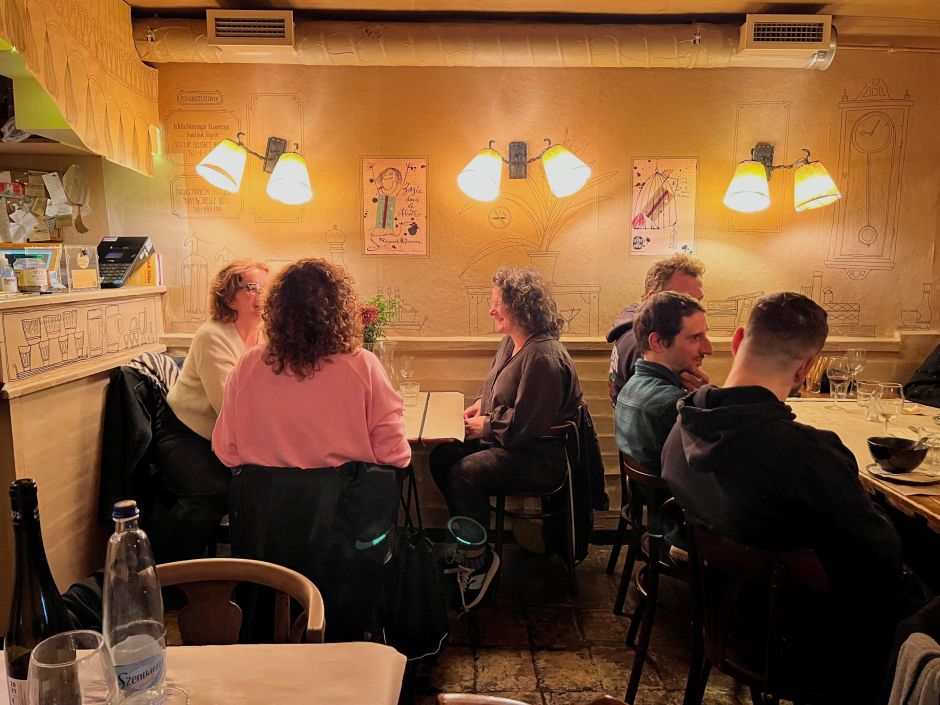
SATURDAY
10 a.m. Castle Hill, National Gallery, pastries
Fuel up on breakfast, plenty of options out there, then head to the Buda side, ideally via the recently pedestrianized and renovated Chain Bridge. Don’t mind the fellow tourists you’ll have to share the Old Town with, and climb up to the Castle Hill so magically perched above the Danube (bus #16 and the funicular are also available). What used to be the Royal Palace today houses the National Gallery, with a sweeping permanent collection of local artworks.
Keep an eye out for the pointillist paintings of József Rippl-Rónai. I also like Róbert Berény and Lajos Tihanyi, members of the Nyolcak, a Hungarian art group (1909-1919) inspired by post-impressionism, expressionism, and cubism. From the inter-war period, I'm always drawn to the strangely nervous works of Vilmos Aba-Novák, István Farkas, Gyula Derkovits, and Lajos Vajda, and to the sculptures of Tibor Vilt. The top floor of the museum is dedicated to post-WWII paintings, so you can explore how abstract expressionism, pop art, and minimalism showed itself in Hungary. (This interview can help you prepare for a visit).
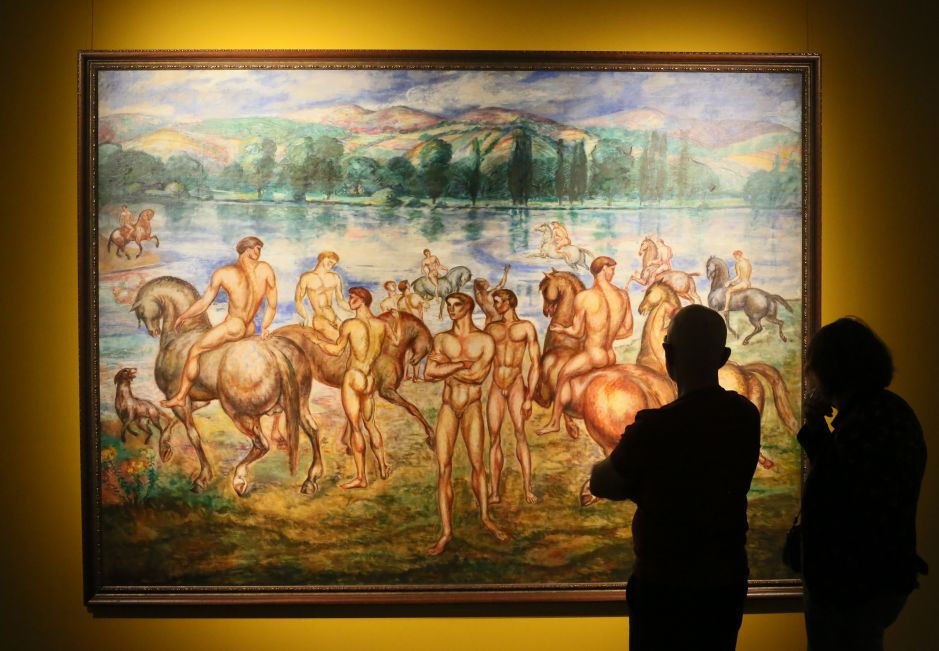
Not all locals are thrilled by the frenzy of construction works taking place in the Castle Hill: buildings destroyed by Allied bombs are now springing back to life as perfect replicas, instead of giving contemporary architecture a chance (example: the Royal Guard and Riding Halls).

Amble over to the picturesque Matthias Church, which was traditionally the coronation church of Hungary, for King Franz Joseph, for example, in 1867. It's a good time to get your mandatory photo from the Fisherman’s Bastion out of the way. When the line isn’t too long, I usually drop in to Ruszwurm pastry shop for a krémes (custard cake embraced by puff pastry) or a hot chocolate; I suggest that you do, too. Here begins a quieter section of the hilltop, with winding residential streets that exude a medieval air and hide such treasures as the Tóth Árpád promenade and Táncsics Mihály utca.
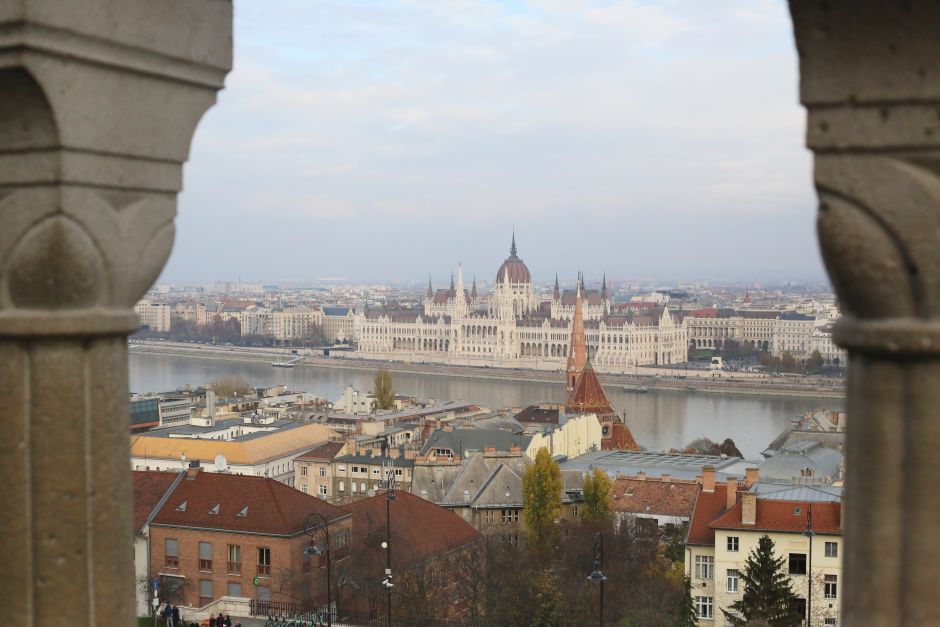
12 p.m. Art gallery and lunch
Descend back to the city through Várfok utca, where you can drop in to a leading contemporary gallery, Várfok, whose roster of artists includes photographer Péter Korniss and Francois Gilot, a painter and onetime muse of Picasso. Down here is Széll Kálmán tér – “Moszkva tér” to locals who still use its Communist moniker – currently enjoying a renaissance thanks to places such as the hip Taiwanese-inflected 101 Bistro, your designated lunch spot, and next door to it, Nemdebár.
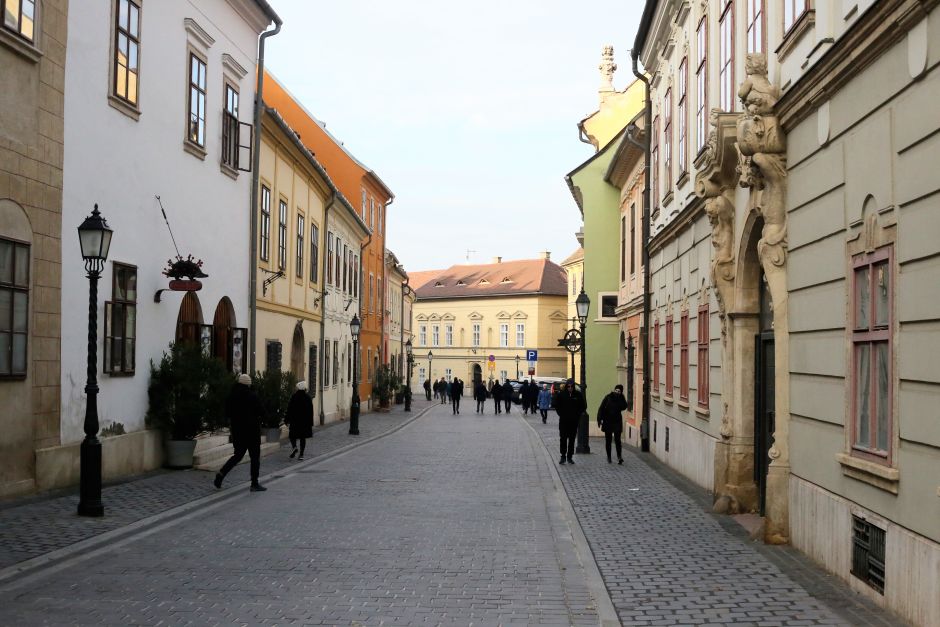
2 p.m. Parliament building, Art Nouveau architecture, St. Stephen's Basilica
Start the afternoon on Kossuth tér, outside the Hungarian Parliament building. Budapest came into its own with the creation of Austria-Hungary in 1867, when this Habsburg-controlled provincial town suddenly transformed into a capital, beside Vienna, of an immense empire (my interview with Habsburg-expert Steven Beller can help you make sense of this place, which was the most multi-ethnic country in Europe and perhaps not as doomed as people often think).
Along came skyrocketing economic growth, rapid urbanization, and the build-up of eye-catching architecture. The most ambitious was this bombastic Gothic Revival piece stretched along the Danube and containing 691 rooms. (The Parliament offers a 45-minute guided tour of the inside.) Behind the building, right on the riverbank, is the poignant Shoes on the Danube memorial to the Budapest victims of the Holocaust.
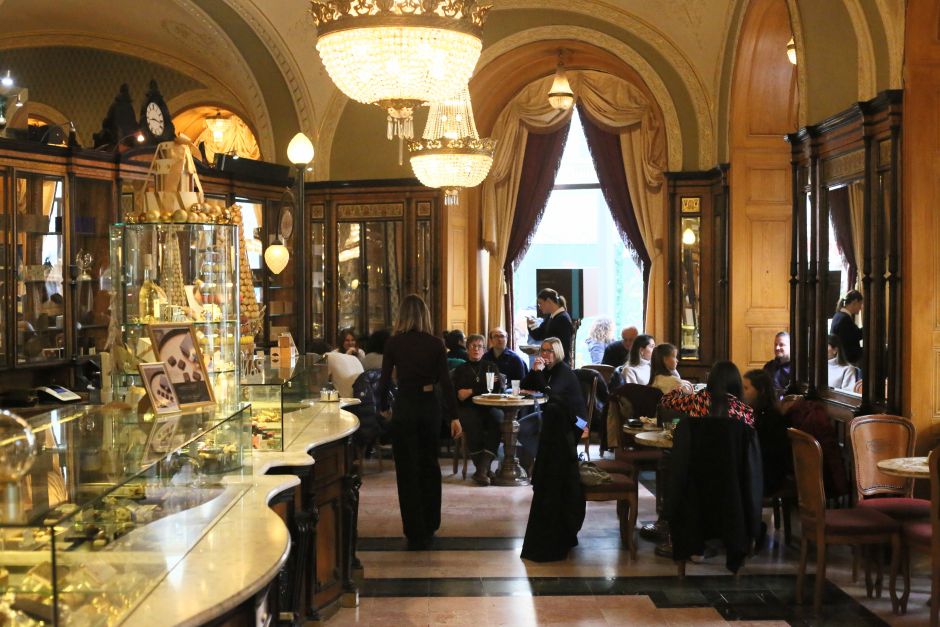
Kossuth tér’s hushed imperial elegance ripples out to the nearby Liberty Square, known for its strange mix of public sculptures, ranging from an obelisk raised to Soviet heroes to a lifesize statue of Ronald Reagan to a controversial WWII memorial. Here also hides Hungary’s most important Art Nouveau building, the Postatakerékpénztár, designed by architect Ödön Lechner.
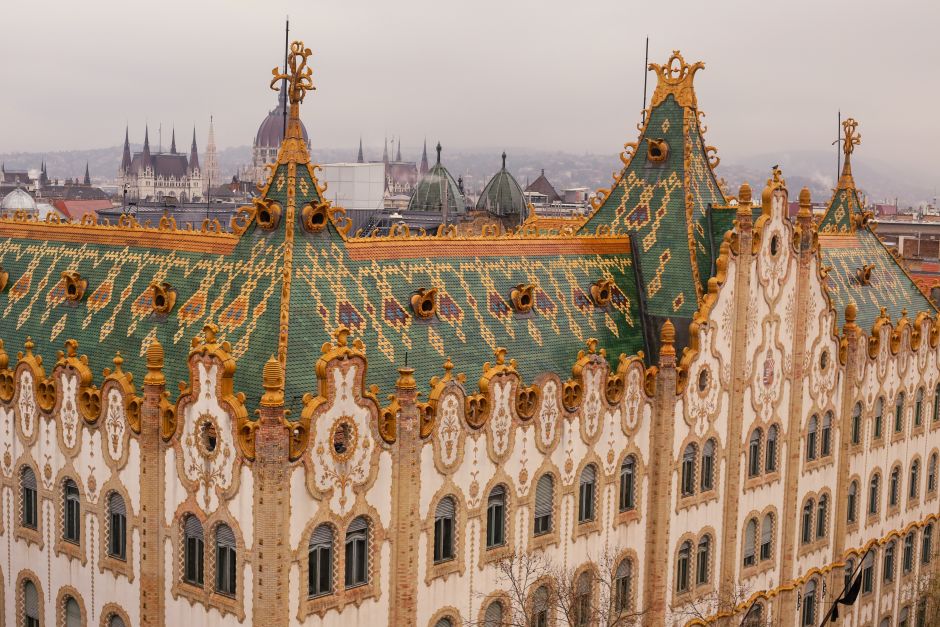
Lechner concocted a local variant of Art Nouveau inspired by Hungarian folk art and using the versatile, durable, and colorful glazed tiles made by one of the biggest Hungarian companies at the time, the Pécs-based Zsolnay (Pécs, one of the my favorite cities beside Budapest, is worth a weekend trip). You can get a better view of the building's striking roof from Nagysándor József utca, or with drink in hand at the rooftop bar of Hotel President, located right across from it.

There’s a small admission to Budapest's biggest church, the Saint Stephen’s Basilica, but it’s worth it, not the least for the panoramic 360-degree views from its soaring dome. The building (1851-1905) is a textbook example of revival architecture, most of it inspired by the early Renaissance churches of Italy – a central layout containing amazings masses and spaces. The inside is decorated with statues of Hungary’s saints and a memorable painting by Gyula Benczúr, depicting the moment when King Stephen dedicates the crown of Hungary to the Virgin.
4 p.m. More pastries and shopping
Hungarian pastry-making evolved from the French traditions, but such inventive treats as the Dobos and the Esterházy torte are proof that it found its groove by the end of the 19th century. Touristy it may be, the cakes of the historic Cafe Gerbeaud on Vörösmarty tér are still a benchmark. If you have money to spare, drop in to Nanushka for women’s designer clothing and to Vass Cipő for high-end handmade men’s shoes (Vass closes at 4 p.m.).

6 p.m. Music concert at Müpa
Once the city of Liszt and Bartók, Budapest still has a thriving music scene with plenty of classical, contemporary, jazz, popular and world music concerts. There are several high-quality performance halls to choose from: Liszt Academy, The House of Music, Budapest Opera, just to name a few. If unsure, check out the event schedule of Müpa, which offers the widest array of options.
9 p.m. Dinner & drinks
For dinner, head to N28, a casually elegant restaurant off Andrássy, where Chef Szabolcs Nagy finds inspiration in the food of western Hungary, influenced by German settlers since the 18th century. Think roast sausages layered with yeast bread (rather than rice), delicious liver pates, marbled mangalica and tender catfish. Seasonal vegetables on the side, which means fermented greens in the cold months.
After dinner, walk over to Marlou, a hip wine bar with an assortment that leans toward young local producers (with 22 wine regions, Hungary is wine country). If craft beers are more your speed, consider Élesztő; for cocktails: Boutique Bar.
SUNDAY
9 a.m. Thermal baths, breakfast
Start the day early, before the crowds reach Gellért, Budapest’s prettiest thermal bath (here’s more information on the city's main baths). The highlights are the two Art Nouveau-decorated pools hidden deep inside, and the heated outdoor section overlooking the Buda Hills. Thermal baths can leave you drained of energy – but also feeling weightless, almost levitating – so breakfast and expertly made coffee at the nearby Kelet will be especially rewarding. On your way there, stop by the tiny bakery, Pékműhely, for tasty chocolate rolls and túrós batyu.
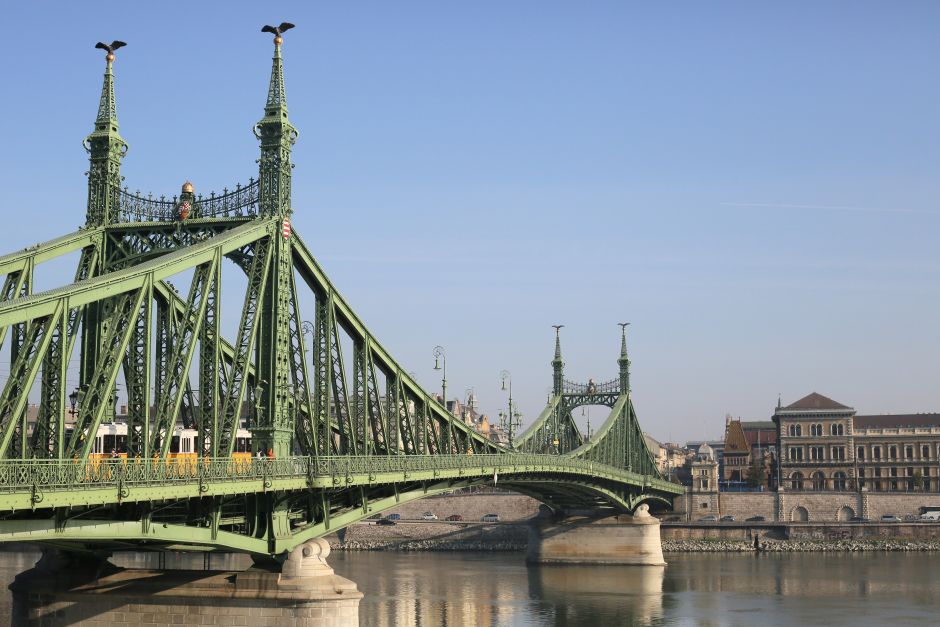
12 p.m. Dohány Street Synagogue
Budapest's post-19th-century history is Jewish history. Without the outsize Jewish contributions to the economy, to culture, to the sciences, the city wouldn't have ballooned into a flourishing metropolis by 1900 when a quarter of its residents were Jewish. In return, the political leadership crushed anti-semitism until 1918, which wasn't the case in the neighboring Vienna for example.
Although much smaller today, the Jewish community still numbers around 100,000 people, making it the biggest Ashkenazi group in continental Europe. Very few are practicing or even religious, but Jewish culture is still palpable in other ways.
Even if you aren’t Jewish, I recommend a visit to the Dohány Street Synagogue, the biggest in Europe. The admission ticket provides access also to the Jewish Museum upstairs and the memorials ringing the building.
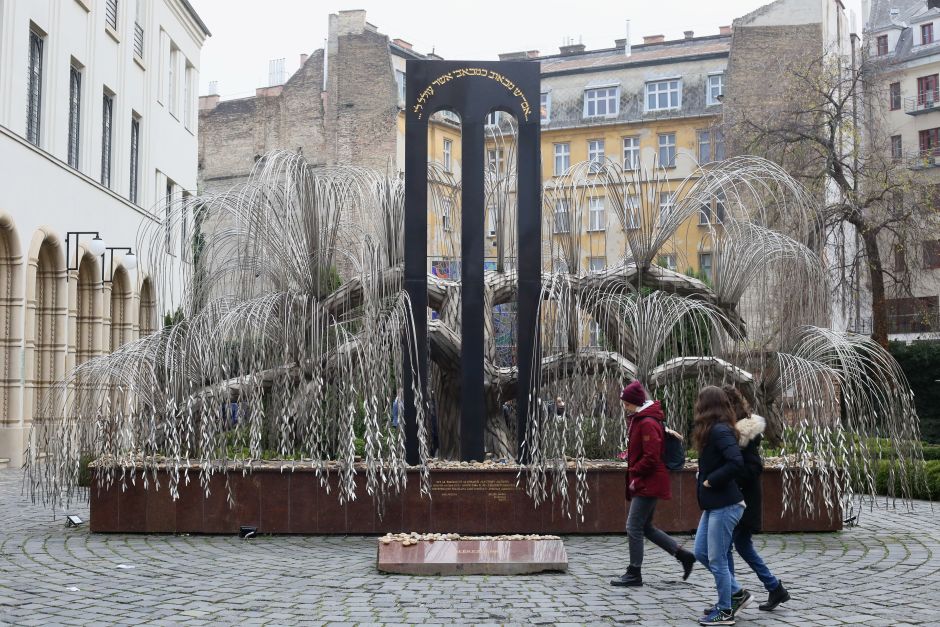
1:30 p.m. Farewell lunch
Crown your Budapest trip with a generous lunch at the nearby Gettó Gulyás. Besides the namesake goulash, their standout is the túrógombóc – soft cottage cheese dumplings blanketed in sour cream and powdered sugar. Don’t leave before trying a glass of Tokaji, the famous sweet wines from eastern Hungary made with a benign fungus and known as the “wine of kings.”